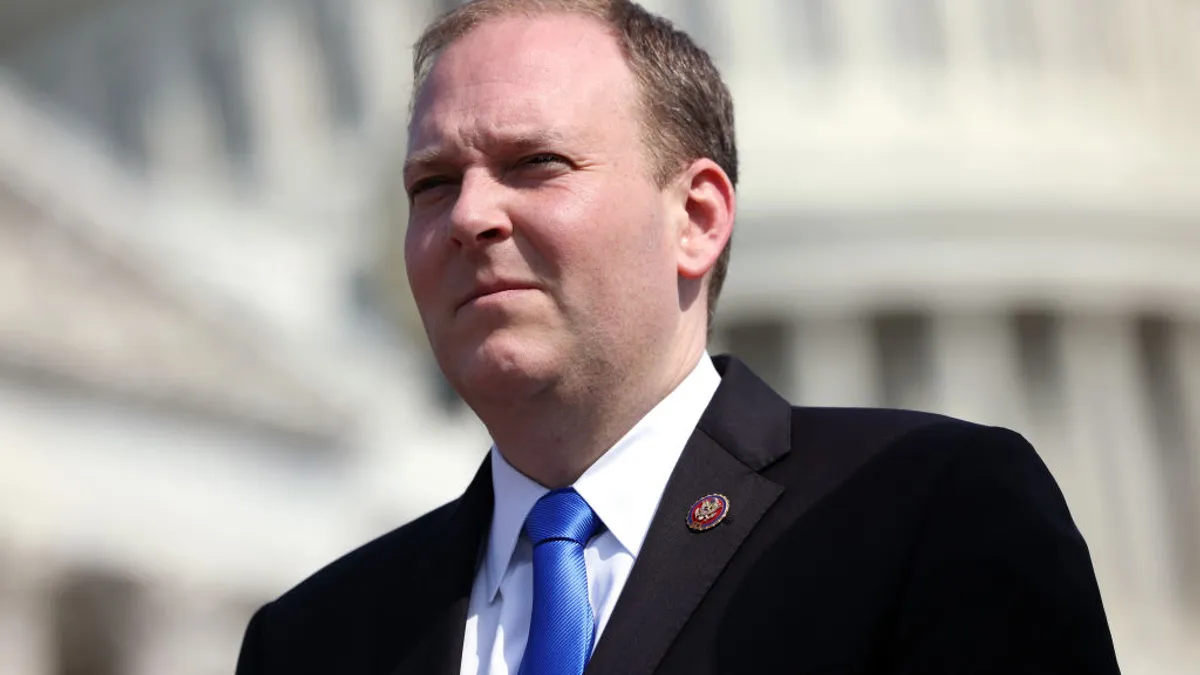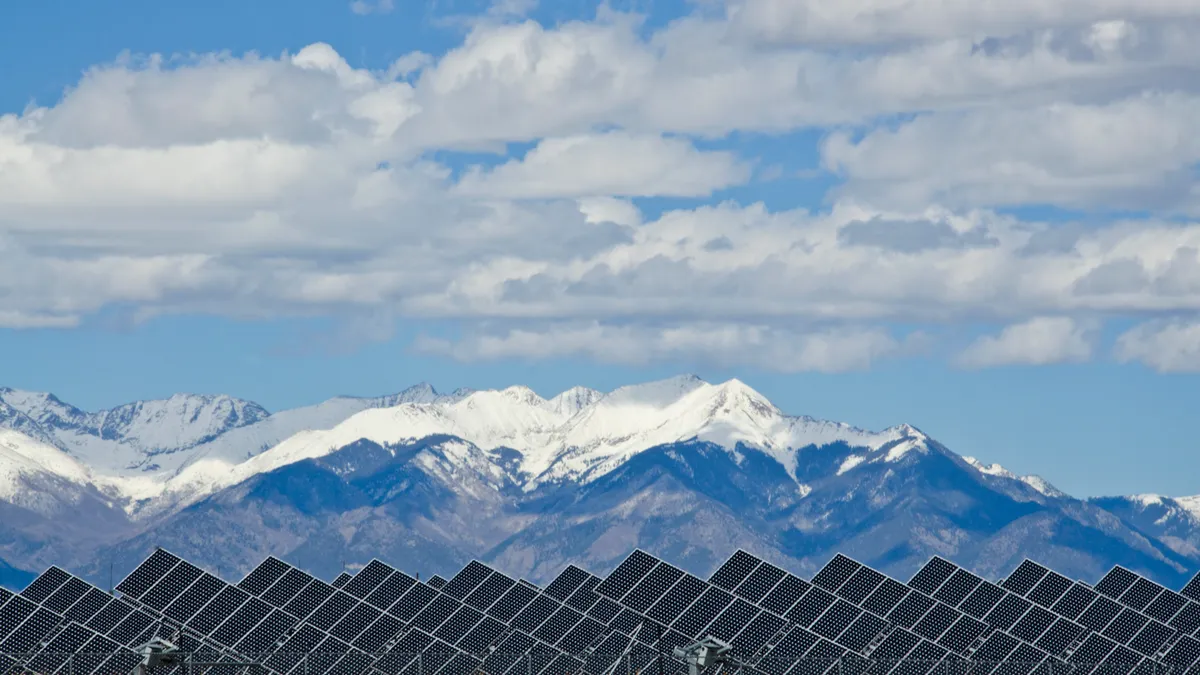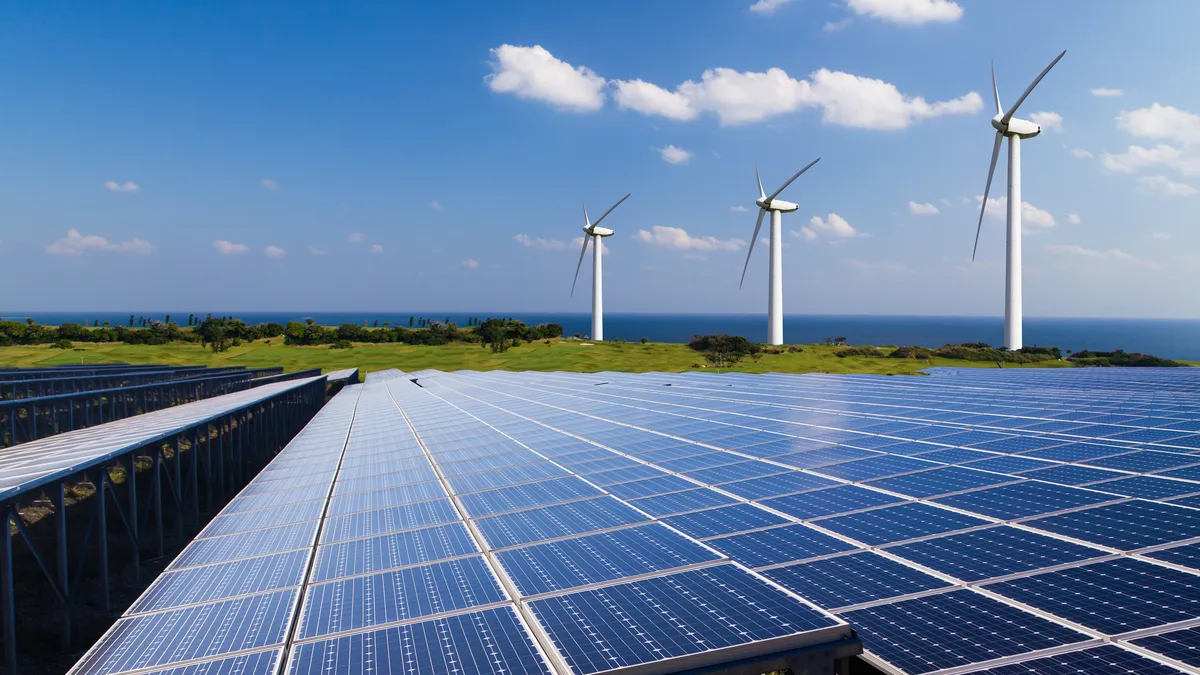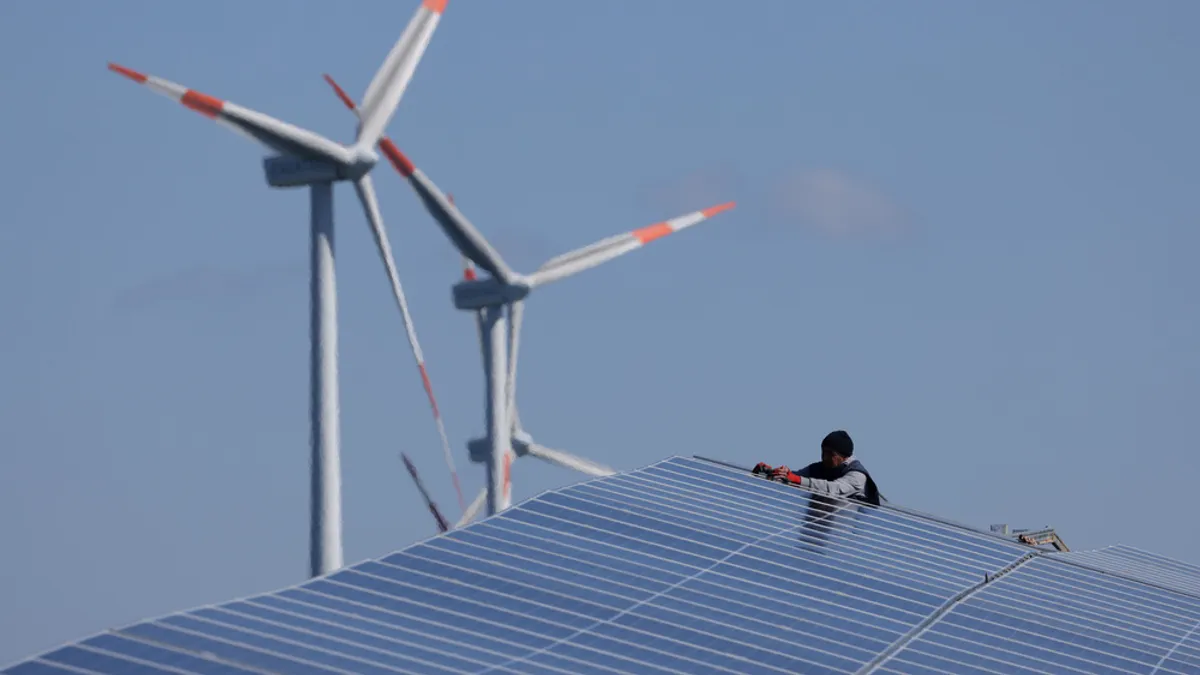Solar advocates say the Colorado Public Utilities Commission opened the door to a significant market failure when it declined to reconsider a decision allowing Xcel Energy to accept negative Renewable Energy Credits (REC) bids for community solar projects.
In states like Colorado with a renewable energy mandate, utilities are required to accumulate a certain number of RECs each year from developers when they contract for mandated renewables generation. The credits normally add a small premium to the price paid by utilities, creating an added incentive for developers.
For the first time this summer, Xcel began accepting bids for negative REC prices for community solar arrays in a recent Request for Proposals (RFP). Installers, who say the negative RECs are illegal and are driving a “race to the bottom” in shared solar, filed a complaint with regulators.
But the Colorado Public Utilities Commission (CPUC) saw nothing wrong with negative RECs on their face. In response to the complaint from the Colorado Solar Energy Industries Association (CoSEIA), the CPUC agreed with Xcel that its RFP that included the negative RECS “does not violate any statute or Commission rule.”
The commission, however, did not comment on whether negative RECs fit into the intent of the state’s community solar law, opening up further debate between Xcel and the installers.
The ruling allowed the utility to use its market leverage to drive bids down in pursuit of the best deal for its entire customer base, but developers say the negative RECs limit their ability to serve the full range of potential community solar customers.
How negative RECs came about
In 2013, bidding on community solar projects took REC prices to $0.00. That pushed SunShare SunShare CEO David Amster-Olszewski to first raise the question in 2014 of whether regulators should exercise authority over the competitive bidding process and establish a REC floor price. That, he and other solar advocates argued, could help prevent a utility from taking advantage of its natural monopoly to drive down prices.
The commission declined to act on the question, based on proceeding technicalities. It has subsequently stood by its decision in response to more recent filings from CoSEIA and Western Resource Advocates requesting reconsideration.
Xcel is compelled by a 2014 Colorado PUC order to construct between 6.5 MW and 30 MW of community solar. When the commission declined to clarify whether it was in keeping with the mandate’s intent for Xcel to let REC prices go negative, the utility naturally seized that opportunity to take the lowest possible bids.
In response to its most recent RFP, Xcel accepted bids for 29.5 MW in Colorado projects from SunShare, CEC, and Community Energy Solar, thereby meeting almost the maximum amount of mandated community solar.
The REC policy debate
Bound by non-disclosure agreements, the utility and the developers cannot specify what REC prices were accepted. Xcel confirmed to Utility Dive that it did, in fact, accept negative REC offers in the bidding.
Solar installers say the negative RECs do more than cut into their revenues — they make customers pay more.
“The bids are not for the power price. That is set by pre-established tariffs,” explained SunShare CEO David Amster-Olszewski. “When the REC price is positive, the utility pays the customer, but when the REC price becomes negative, the customer pays the utility for the utility to meet its mandate.”
Xcel says that lower REC costs mean just the opposite — that they save customers money and allow the utility to invest elsewhere.
“The acquisition of the REC, for the purposes of meeting the Colorado Renewable Energy Standard, is recovered from all customers through the Renewable Energy Standard Adjustment,” Xcel Rates and Regulatory Affairs VP Alice Jackson said. “The lower cost of the REC from developers benefits our customers directly and allows for those dollars to potentially be spent on other renewable projects.”
In a reply to the Colorado SEIA filing, Xcel argued that “bidders are free to bid whatever prices they wish.”
“[I]f your members believe that a negative bid price is too low,” it wrote in its filing, taking aim at the solar industry group, “they do not need to offer such a price.”
“We will continue to offer a market for vendors to bid to build projects to provide our customers with an additional solar choice,” Jackson said. “The price at which those vendors elect to bid is entirely at their discretion.”
Solar installers say they will push forward with new bids and attempt to continue the debate over RECs.
“While this makes the 2015 RFP process more difficult, we expect there will be the opportunity to discuss this further with Xcel and the other stakeholders.” said Tom Hunt, VP of corporate development for Clean Energy Collective, a community solar developer.
Implications of negative RECs
The hopes of those who see community arrays increasing solar access for low and middle income residential utility customers without solar-suitable roofs could be stymied if negative REC bidding continues and/or spreads to other states.
Negative REC pricing, SunShare’s Karen Gados told Utility Dive, would likely drive her company and other community solar developers to focus their customer acquisition on the commercial and industrial rate class and bypass lower and middle income residential customers.
Clean Energy Collective's Hunt agreed.
“We share the concern that negative RECs are not good for the market because they distort mechanisms put in place to get low and middle income residential customers involved."
While Colorado wrestles with its negative REC issues, community solar is taking off across the nation.
A recently released National Renewable Energy Labs study reported that at least 49% of U.S. households and 48% of businesses do not have solar-suitable rooftops.
“By opening the market to these customers, shared solar could represent 32%–49% of the distributed PV market in 2020,” NREL wrote, “thereby leading to growing cumulative PV deployment growth in 2015–2020 of 5.5–11.0 GW, and representing $8.2–$16.3 billion of cumulative investment.”
The U.S. community shared solar market will add 115 MW in 2015, a roughly 500% year-on-year increase in growth over the 21 MW added in 2014, and almost twice the 66 MW cumulative installed capacity at the end of last year, according GTM Research’s "Community Solar Outlook 2015-2020."
GTM Research forecasts 59% annual growth for community solar over the next five years to reach an annual capacity addition of 500 MW and a cumulative installed capacity of 1,800 MW in 2020. Some 29 developers are now working in community shared solar development, with sector leaders Clean Energy Collective (CEC) and SunShare accounting for 32% of the capacity now online.





















